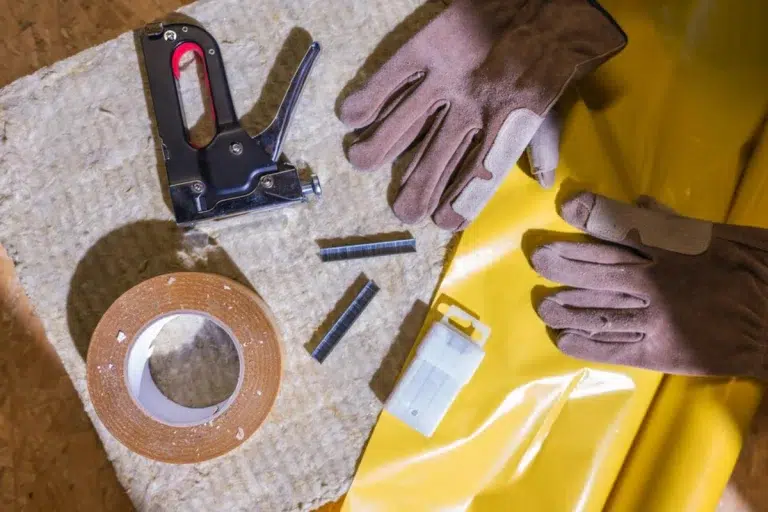DIY Safety Tips: Ensuring Your Projects Are Accident-Free
Welcome to the world of DIY (Do It Yourself)! Whether you’re sprucing up your living space or tackling a full-blown renovation, diving into DIY projects can be exhilarating. However, amidst the excitement, it’s crucial to prioritize safety. In this comprehensive guide, we’ll walk you through essential DIY safety tips to ensure your projects are not only successful but also accident-free.
Understanding Common DIY Hazards
- Electrical Safety: When working with electricity, safety should be your top priority. Avoid electrical shocks and fires by identifying hazards and handling electrical tools with care. For detailed insights, check out the National Safety Council’s tips on electrical safety.
- Chemical Safety: Many DIY projects involve the use of chemicals, which can pose serious risks if mishandled. Practice safe storage, handling, and use of chemicals, and always wear appropriate personal protective equipment (PPE). The American Red Cross provides valuable guidance on safe chemical handling.
Essential Safety Gear for DIY Projects
- Eye Protection: Shield your eyes from debris and potential hazards with quality safety glasses or goggles.
- Hearing Protection: Protect your hearing from loud power tools with the right ear protection devices. Learn more about the importance of hearing protection from the Occupational Safety and Health Administration (OSHA).
Safe Tool Usage and Maintenance
- Hand Tools: Proper handling and regular maintenance of hand tools are essential for accident prevention.
- Power Tools: Understand the safety features of power tools and follow guidelines for safe operation and maintenance. Remember to always read manufacturer’s instructions and warnings.
Preventing Slips, Trips, and Falls
- Keep your workspace clutter-free and organized to minimize the risk of accidents.
- Secure rugs, cords, and ladders to prevent slips, trips, and falls during your DIY endeavors.
Fire Safety Measures for DIY Enthusiasts
- Prioritize fire prevention by understanding the fire hazards associated with your projects.
- Familiarize yourself with different types of fire extinguishers and create an emergency evacuation plan for your DIY workspace.
Handling Emergencies and First Aid Basics
- Be prepared to handle common DIY-related injuries by keeping a well-stocked first aid kit handy.
- Know when to administer first aid and when to seek professional medical help.
FAQs on DIY Safety Tips
- How can I protect myself from electrical hazards during DIY projects?
- What type of respirator should I use for painting or woodworking projects?
- Do I need to wear safety gear when using hand tools?
- How can I prevent fires in my DIY workshop?
- What should I include in a DIY first aid kit?
Remember, while DIY projects can be fun and rewarding, safety should always come first. By following these DIY safety tips, you can ensure that your projects are not only successful but also free from accidents and injuries. So, roll up your sleeves, gear up with the right safety equipment, and let your creativity flow!

